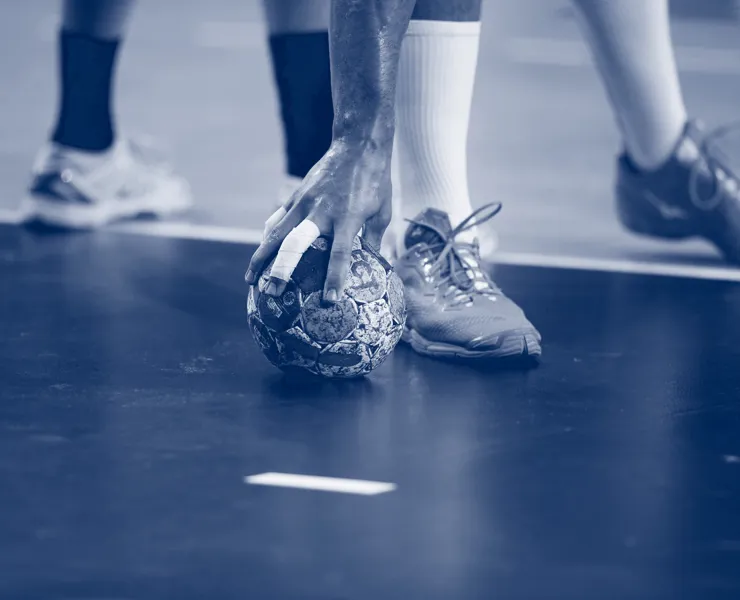This is me: Heidi Løke
The late bloomer who did it her way
I was what you call a late bloomer.
I started to play handball when I was 10 years old. It was really fun, but I was not one of the best. It took a really long time before I started to get better, but I really loved the game and to train.
Then I started with handball in a school, a gymnasium, but I was still not one of the best. I was never playing in the youth national team or anything like this.
It was when I was 18 years old that I realised that I had to do something with this — I really love this. I started to play a bit more and I started to train two times each day. I was not in such good physical shape but after I started to train two times a day I saw that my physical shape got much better.
I was with the club Gjerpen for five years and during this time, I decided that I wanted to be in the best physical shape possible. I searched the physical reports of the national team and found out who had the best physical test results, and then it was my big goal — the main goal — to reach these test results.
When I was 24 or 25, I got my first national team training camp, but I never played any matches. In 2006, I got my first national team match, but this was because they took a double team, I think around 40 players or something like this, to travel to Sweden and Hungary for some matches. I travelled to Hungary and played two matches against their national team.
After this I didn’t play a national team match until 2008, so I was a really late bloomer.
I think it was the physical training that finally saw me become a core part of the national team, because I felt that when I was in really good physical shape it helped me on the court.
Also, when I was around 12 years old, I started to throw with the left hand, because I saw that my brother Frank — he also played in the national team — did it after he injured his right shoulder. He just taped this shoulder and played with only the left. So then I started really young to throw with both hands. I watched him a lot. I was in the hall often.
Frank was a really good player from when he was young – when he started to play, he was one of the best. We were very different. Everyone says we have the same way of playing on the line. But I was not a line player before – I was a right back and a middle back before I was a line player.
It was in school, when I was around 16 years old, we had seven girls in our class that played handball and we didn’t have any line players. We had players in every position and two right backs. At that time the teachers said, “because your brother is a line player, you can go and be a line player.”
So I started to play line player. It was fun, but I wanted to be a back player and I did still play as a middle back a little after that. But finally, I stuck with being a line player — I enjoyed being on the line and I think it was good that I had been a back player because it was easy for me to read the movements.










